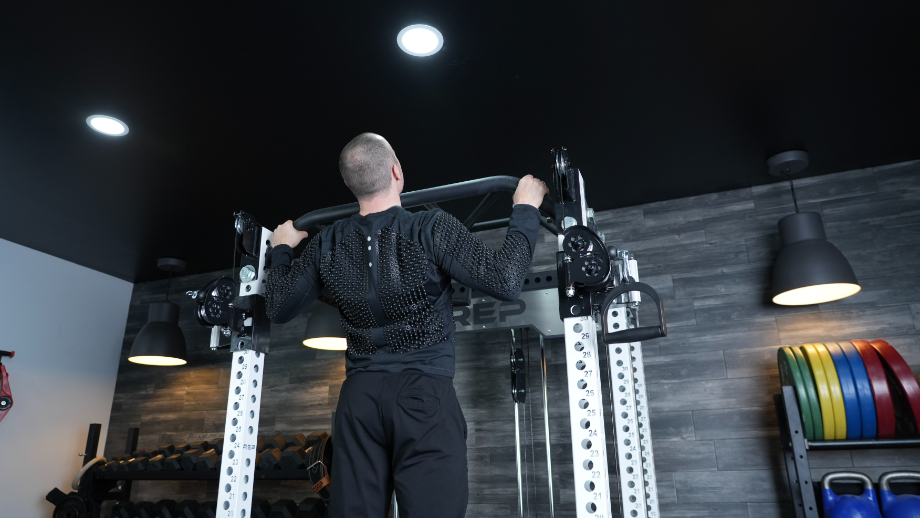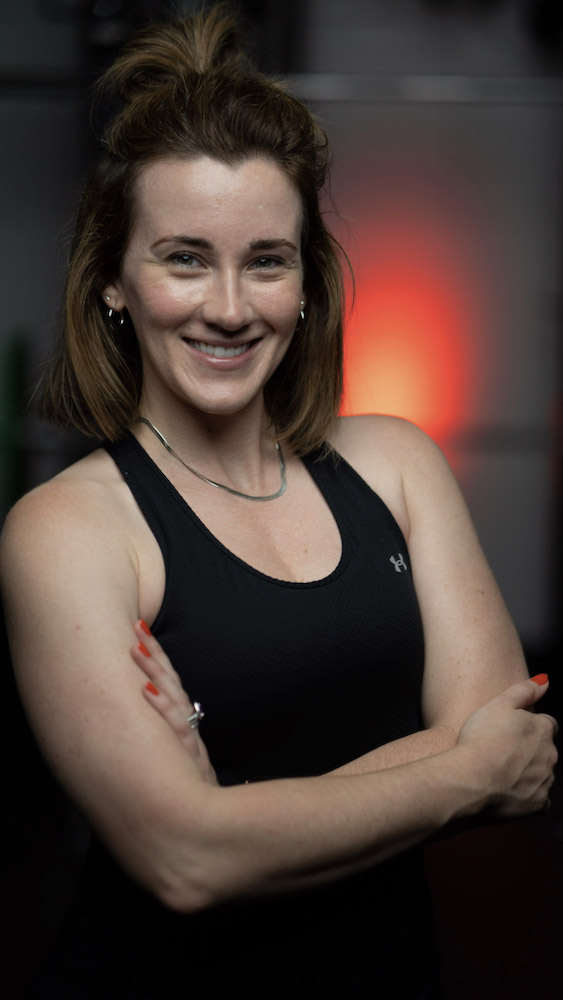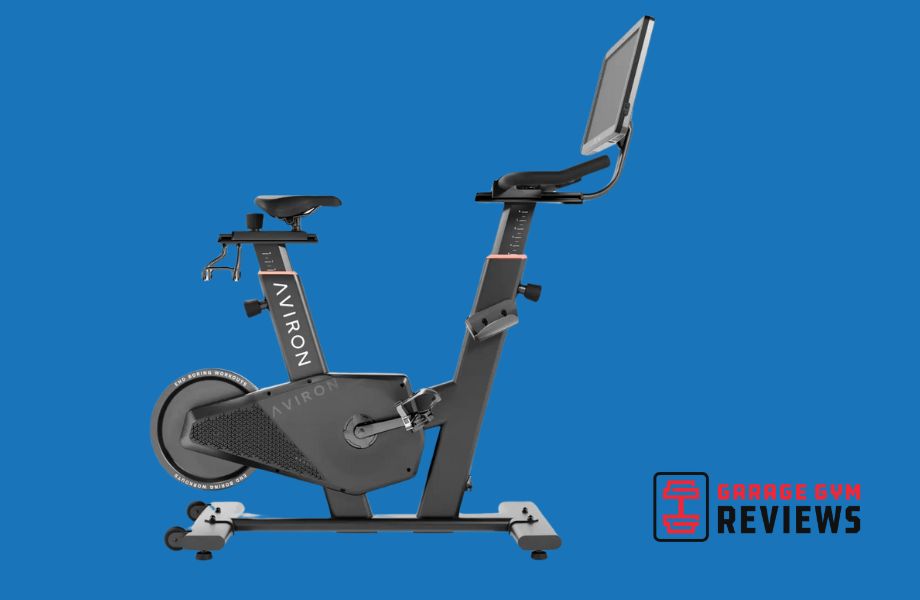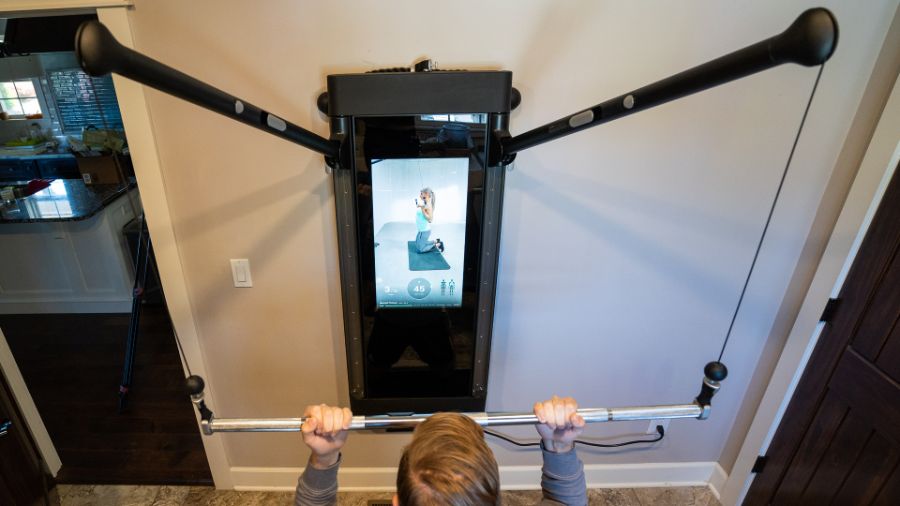The beginner’s guide to building muscle with workouts and nutrition
Contributor: Kelsey Butler, MS, RDN
Whether you’ve never lifted a weight before, or are getting back into your strength training routine after a long time off, I’ve got good news for you: With the right approach and consistency, you’ll be able to build muscle fairly quickly.
Beginners have this advantage—of gaining swiftly at the beginning—but trust me, you won’t turn into a bodybuilder with bulging biceps and rock hard pecs. Gaining substantial muscle is hard work, and requires time, dedication, and patience. The best time to start is now!
If you’re wondering exactly how to build muscle, look no further. As a certified personal trainer (CPT), my foolproof recipe for increasing your muscle mass (also called muscle hypertrophy) comes down to a few things: lifting heavy weights, fueling properly with adequate carbohydrate and protein intake, and getting enough rest. Below, I’ll give you my best tips, and also provide some insight on how nutrition plays a role from a registered dietician.
Medical disclaimer: This article is intended for educational and informational purposes only. It is not a substitute for health or medical advice. For medical advice, contact an appropriate healthcare provider.
How to Build Muscle With Your Workouts
If building muscle is your goal, those bouts of cardio or sets of bodyweight exercises won’t cut it. Resistance training—like lifting weights—is your golden ticket to grow that lean muscle you’re looking for.
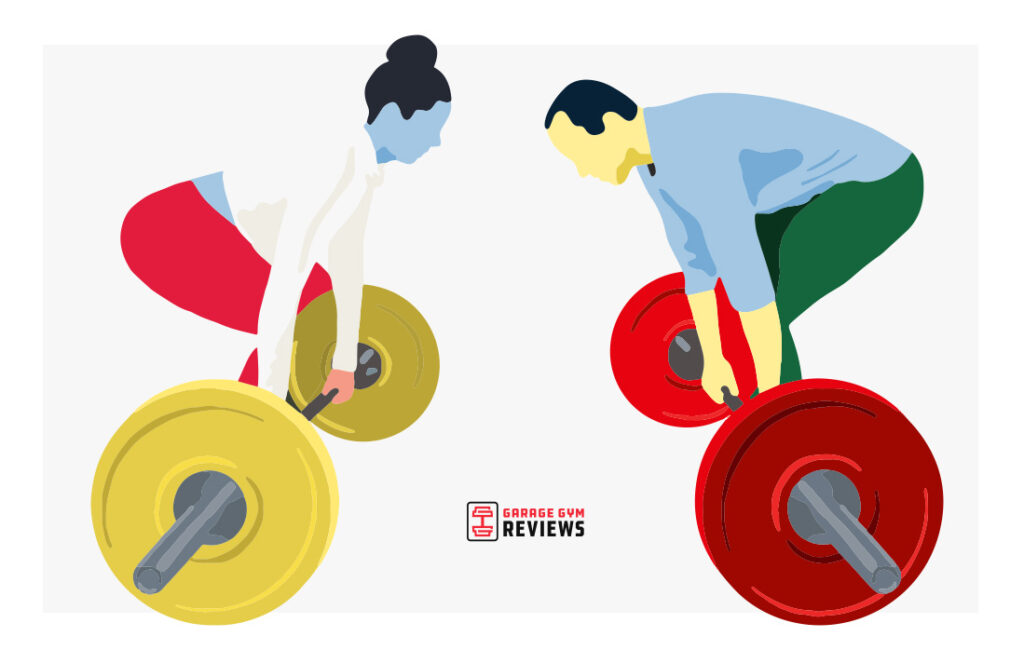
Beginners tend to gain muscle much faster than seasoned lifters, simply because strength training provides a completely new stimulus to your body and it’s trying to adapt. Over time, these “newbie gains” will slow, but take advantage while you can.
That said, here are my top four tips for how to build muscle with your workouts:
Be Strategic
You know you want to build muscle, but before you head to your home gym and start racking the weights, make sure you have a plan. What’s that saying? A goal without a plan is just a wish?
First you need to decide what specifically you want to accomplish: Do you want to build muscle in your legs? Your upper body? Or everywhere? Are your muscle-building goals accompanied by another more performance-based goal, like nailing your first push-up or squatting half of your bodyweight? The more you can drill down on these specific goals, the better.
With clear goals in place, you can decide on a training program. If gaining muscle overall is where your head is at, you’ll want to focus on compound exercises like squats, deadlifts, presses, pull-ups, and more. Compound exercises recruit multiple muscle groups simultaneously and will provide the most bang for your buck in terms of general muscle gain, as well as muscle strength.
On the flip side, if you really want to focus on building muscle in your upper body or lower body, continue to do compound exercises but also add area-specific exercises, like lat pulldowns for the back or leg curls for the quads. Working with a CPT in-person or online to help you craft a plan with the best exercises for you will be the ultimate hack here.
Pick the Most Effective Rep and Set Range
Just because you squat multiple times per week doesn’t automatically mean you’ll gain muscle. You also need to be strategic about your rep and set ranges to encourage the best results.
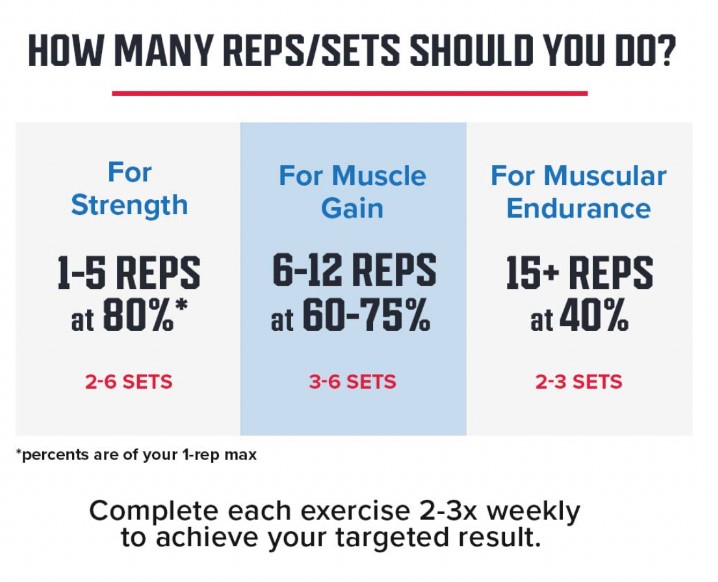
For muscle gain, or hypertrophy, you should be completing three to six sets of six to 12 repetitions at 60 to 75% of your one-rep max. As a beginner, your one-rep max—or the weight you can lift just once with proper form—may be hard to pin down, so think about it like this: Choose a weight that seems moderate to heavy, and aim for 10 to 12 reps. If you can crank out 12 reps at that chosen weight with ease, that’s a sign to choose a heavier weight. Your last rep should be a struggle to complete.
Lift Heavy
Piggy-backing off of that thought, it’s important that you’re lifting heavy enough weights to produce results. Muscle growth happens like this: When you’re working out, you’re actually causing damage to the muscle fibers; micro tears, if you will. After your workout, your body utilizes protein and other nutrients to rebuild these fibers, which in turn increases muscle size.
If you aren’t picking a weight that truly challenges you, the damage caused to the muscle fibers will be minimal, and thus new growth won’t happen easily, if at all.
So, in thinking about the six- to 12-rep range from above, I’d challenge you to pick a weight with which you can only complete six to eight reps. This will probably be a heavier weight than you would initially pick, but work with that weight until you can rep 12, then go up again.
Progressive Overload
In addition to lifting heavy, you need to make sure you’re continually introducing your body to new stimuli to keep seeing improvements. This concept, called progressive overload, will help you avoid any plateaus and help you to achieve your goal of building muscle.
The idea here is to add reps, weight, sets, or even increase your range of motion to provide your muscles with a new challenge. This may look like adding one rep to each set (within that six- to 12-rep range) until you feel strong enough to go up 5 pounds in weight, or adding a slight pause at the top or bottom of each exercise to increase time under tension (another tool that has some benefits for muscle-building).
Being 1%better than you were during your last workout can make a huge difference toward reaching your goals.
How to Eat to Gain Muscle
You can put in all the work you want in the gym, but if your nutrition isn’t supporting your muscle-building goals, it will be for naught. Contrary to popular belief, you actually need to eat to build muscle, even if weight loss is also a goal.
Adequate nutrition not only helps muscle recovery, but it’s also required to fuel your workouts in the first place. Olympic swimmer Michael Phelps was said to eat 10,000 calories a day while training for the Beijing Games—his workout plan was probably a bit more intense than yours will be, but you get the idea.
Eat Enough Food
A common misconception is that if you want to get in shape, you need to diet. But in reality, building muscle requires a calorie surplus, which means you need to consume more calories than you burn in a day. This is because your body uses the energy you consume to repair and rebuild the muscles after your workout.
If you don’t eat enough—particularly protein—your body won’t have what it needs for protein synthesis, a process in which your body takes amino acids, the building blocks of protein, and repairs the damage done by high-intensity exercise.
Registered dietician Kelsey Butler recommends eating 500 to 1,000 extra calories per day, depending on the intensity of your workouts, to support muscle-building.
Focus on Protein
There are three main types of macronutrients in the food we eat: protein, carbohydrates, and fat. When it comes to muscle-building, we need to ensure that we’re eating enough protein and carbs to fuel our workouts and recovery.
Butler says that a good general macronutrient breakdown for someone trying to build muscle would be 40% protein, 40% carbohydrates, and 20% fat.
“You’ll see that this macro breakdown is high in grams of protein and carbs,” she explains. “Protein is very important for muscle-building because it’s the building block of muscle tissue. Carbs are important because they help replenish the energy stored in your muscles after workouts. We also need carbs to fuel our bodies well so that we can max out on our workouts.”
You’ll want to prioritize lean protein, complex carbohydrates, fruits and vegetables, and fiber. There’s also a place for dietary fat as well, so don’t nix it all together. In addition, it’s best to limit your consumption of sugar, alcohol, and prepackaged foods in favor of more nutrient-dense options.
Consider Supplements
The supplement market is huge, and while these products can be beneficial to support muscle building, they’re not essential. Some options to consider are protein powder, creatine, pre-workout, or even mass gainer (if you have a hard time building muscle).
“A good protein powder can help you reach your daily protein goals,” Butler explains. “I recommend going for a whey isolate protein because it’s absorbed faster than any other type of protein, and this helps your muscles repair quicker after a workout.”
Butler also says that a pre-workout can give you a little extra boost during your workouts, too.
RELATED: Best Protein Powder
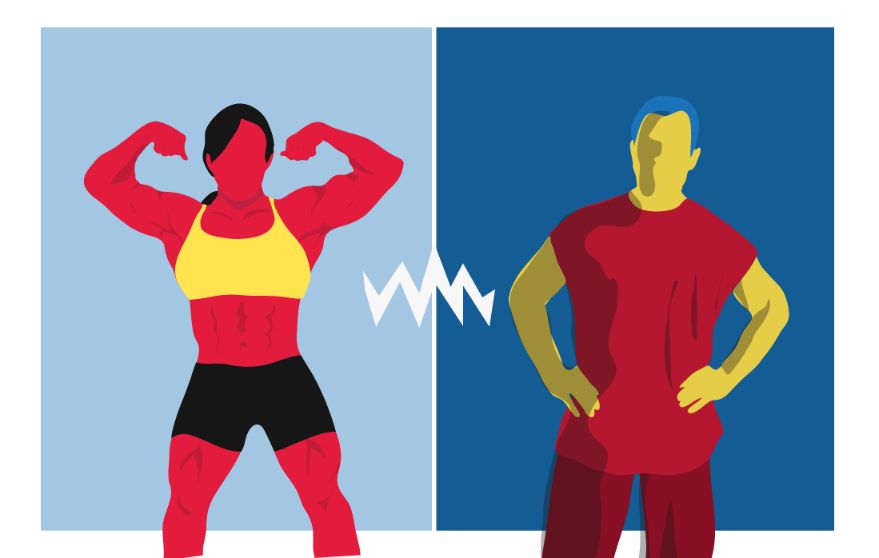
Bulking and Cutting
Another approach to building muscle has to do with a concept called bulking and cutting.
“This is where you eat more calories than you burn in a day, resulting in weight gain,” explains Butler. “The excess calories will be used by your body to build muscle. Once you have built the desired amount of muscle, you can then cut, which is where you eat fewer calories than you burn in a day, resulting in weight loss. This will help you to reveal the muscle you have built and make you leaner.”
According to Butler, bulking and cutting can be helpful for someone looking to build muscle with lots of control of their weight and body composition, especially for people like athletes or bodybuilders who have an on- and off-season.
“Bulking up before cutting can also help to minimize the amount of muscle loss that can occur during a cut,” she says. “During the off-season, they can focus on bulking and adding muscle mass, then right before and during the season, they can focus on cutting and losing fat to reveal their newly built muscle.”
If you’re wondering if bulking and cutting is an approach you should consider, think about your goals. If you’re looking to add muscle mass and have more control over your weight, then bulking and cutting can be helpful. However, if you’re just trying to make small changes or focus on being healthy, then there’s no need to bulk or cut. “This can be a really complicated process,” Butler explains, “so instead, it’s best to keep it simple and focus on eating a healthy diet and exercising regularly for most people.”
Workouts to Build Muscle
If your goal is to build muscle overall, check out these workouts—one option for beginners, one option for more intermediate lifters—to get started.
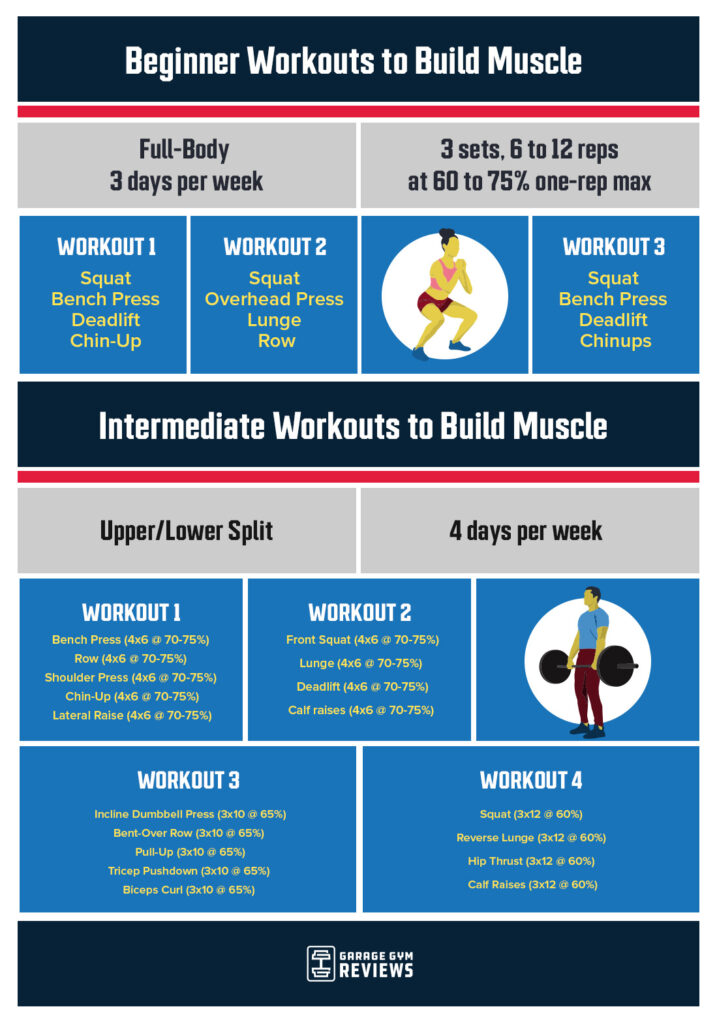
Beginner Workouts to Build Muscle
Full-Body
3 days per week. 3 sets, 6 to 12 reps at 60 to 75% one-rep max.
Workout 1
- Squat
- Bench Press
- Deadlift
- Chin-up
Workout 2
- Squat
- Overhead Press
- Lunge
- Row
Workout 3
- Squat
- Bench Press
- Deadlift
- Chin-ups
Intermediate Workouts to Build Muscle
Upper/Lower Split
4 days per week @ percentage of your one-rep max
Workout 1
- Bench Press (4×6 @ 70-75%)
- Row (4×6 @ 70-75%)
- Shoulder Press (4×6 @ 70-75%)
- Chin-Up (4×6 @ 70-75%)
- Lateral Raise (4×6 @ 70-75%)
Workout 2
- Front Squat (4×6 @ 70-75%)
- Lunge (4×6 @ 70-75%)
- Deadlift (4×6 @ 70-75%)
- Calf raises (4×6 @ 70-75%)
Workout 3
- Incline Dumbbell Press (3×10 @ 65%)
- Bent-Over Row (3×10 @ 65%)
- Pull-Up (3×10 @ 65%)
- Tricep Pushdown (3×10 @ 65%)
- Biceps Curl (3×10 @ 65%)
Workout 4
- Squat (3×12 @ 60%)
- Reverse Lunge (3×12 @ 60%)
- Hip Thrust (3×12 @ 60%)
- Calf Raises (3×12 @ 60%)
Advice for Recovery
While it’s important to put in the work to build muscle, it’s equally as important to take rest days so your body can recover.
You inflict trauma on your muscles and joints during a workout, and your body needs down time to repair and rebuild, restore energy stores, and remove the metabolic byproducts that can cause soreness. If you don’t take the time to rest each week—for a beginner I’d recommend at least two days of rest from heavy weight training, if not three—you may start to notice signs of overtraining, including stalled performance and progress, chronic fatigue, recurrent illness, and more.
That said, beyond rest days, it’s important to:
- Stretch: Your muscles will probably be sore if you’re pushing yourself hard during each session. Be sure to give them some extra TLC with a stretching/foam rolling/massage gun session afterwards, to try and work out some of that lactic acid buildup that’s to thank for the dreaded DOMS (delayed onset muscle soreness) that typically occurs about two days after a hard workout. Stretching can also help prevent injury and improve your flexibility, both of which are important if your goal is to build muscle.
- Get enough sleep: Aim for seven to nine hours of sleep per night, not only to allow your muscles to rebuild, but just to feel your best during your training session. If you’re tired during your workout from a poor night’s sleep, your performance will show for it.
- Manage stress: Stress can wreak havoc on your body—mentally and physically—so it’s important to minimize it when you can. If you’re stressed, the odds that you aren’t sleeping well, aren’t eating well, aren’t performing well, and aren’t staying consistent with your training are much higher.
FAQs on How to Build Muscle
How can I build up muscle fast?
Building muscle is an inherently slow process, but focus on lifting heavy, implementing progressive overload, and eating in a caloric surplus to optimize the conditions for muscle gain.
What are three ways to build muscle?
Building muscle requires you to lift heavy weights, actively fight plateaus via progressive overload, and eat in a caloric surplus.
How long does it take to build muscle?
Building muscle takes time, and maybe more importantly, consistency. After four to six weeks of consistent strength training workouts you should start to notice small changes, but give it until at least 12 weeks before you really begin to notice your muscles growing.
What builds the most muscle?
In terms of nutrition, the most important building block of muscle synthesis is protein. This means that you need to consume an adequate amount—at least 30% of your daily caloric intake—to support


